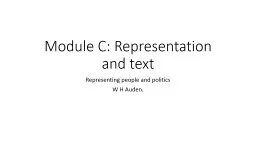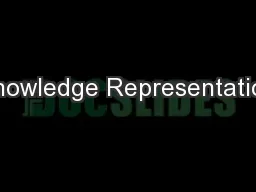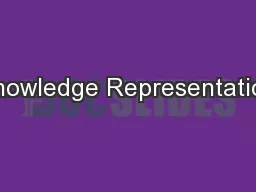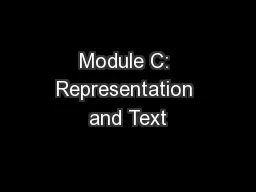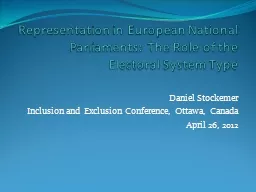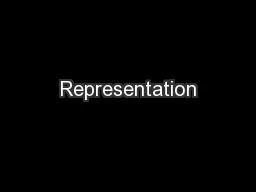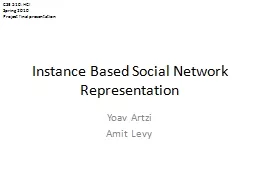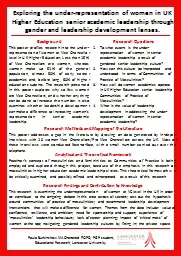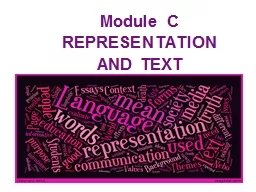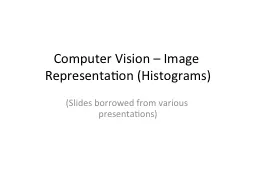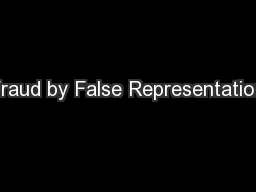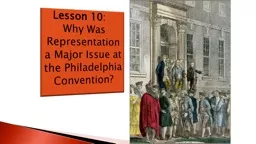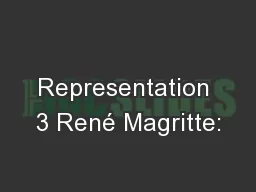PPT-Module C: Representation and text
Author : calandra-battersby | Published Date : 2018-02-26
Representing people and politics W H Auden Rubric key changes Representation This term has now become a part of the elective title as students were not engaging
Presentation Embed Code
Download Presentation
Download Presentation The PPT/PDF document "Module C: Representation and text" is the property of its rightful owner. Permission is granted to download and print the materials on this website for personal, non-commercial use only, and to display it on your personal computer provided you do not modify the materials and that you retain all copyright notices contained in the materials. By downloading content from our website, you accept the terms of this agreement.
Module C: Representation and text: Transcript
Download Rules Of Document
"Module C: Representation and text"The content belongs to its owner. You may download and print it for personal use, without modification, and keep all copyright notices. By downloading, you agree to these terms.
Related Documents

